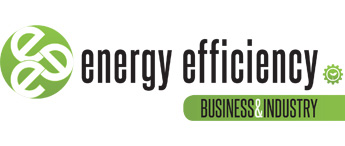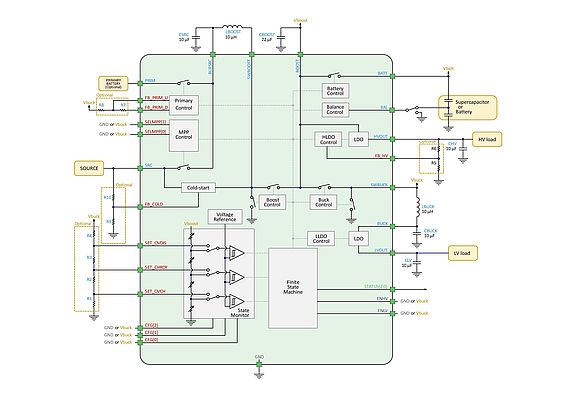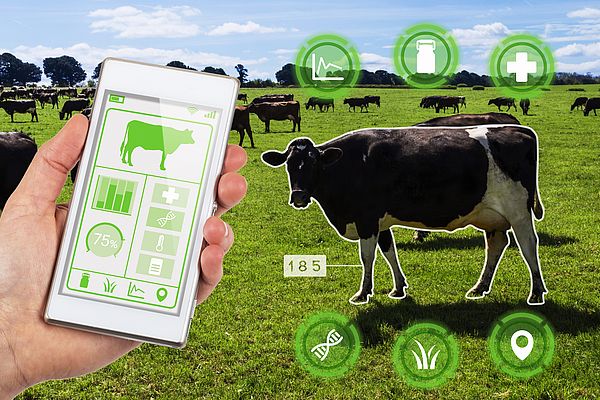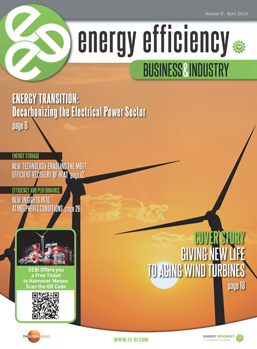Solid State Supplies. A future of energy harvesting and the end of a reliance on alkaline batteries is fast approaching - with demand now higher than ever for electrical solutions that can provide more power.
Power supply designers looking for device grid-independence for low power applications will often use a battery in their design. However, single use batteries can be an environmental nightmare if they are not properly disposed of. Chemicals from batteries which are incinerated or put in landfill can pollute lakes and streams, vaporise into the air, or leach into groundwater, exposing the environment to highly corrosive acids and bases. It is possible to recycle batteries but, according to figures published by the Environment Agency, the UK only has a target of recycling 45% of the annual volume of batteries placed in the market by producers – and in 2020, it fell short of meeting this target.
Rechargeable batteries are a much greener alternative to single use batteries but still require connection to the grid once the charge is depleted. This can be costly, involving expensive intervention and maintenance by service technicians.
An alternative solution is energy harvesting where power is collected from the immediate environment. This allows perpetual operation with no requirement to connect to the grid, and very low or no maintenance costs. The main energy harvesting techniques used for autonomous applications are firstly outdoor solar as it’s the most efficient, followed by thermo electric generators, vibration and lastly RF transmission. There are also other energy harvesting techniques that are being developed presently such as fuel cells and bio cells. All these technologies generate energy that is then stored in batteries and supercapacitors. Integrating energy harvesting techniques with storage elements in active tags turns them into autonomous active tags.
The benefits of photovoltaic cells
Photovoltaic (PV) energy harvesting is one of the most popular solutions and uses a PV cell – a rigid or flexible array that turns photons into electrical energy. PV cells are widely applicable given that a light source is available in most environments, whether indoors or outdoors. They are also relatively low cost yet have a higher power output compared with many alternative energy harvesting solutions. However, to be used continuously, you still need a method of storing energy so that your application will work when there is no light to power it. Supercapacitors are currently being used for this and one of their advantages is that they have a much longer life compared to batteries. This can be as long as 15 years in many cases, and they have the advantage of being able to supply high peak pulse currents for RF transmitter applications.
PV cells are most commonly used in outdoor applications but can also be used indoors in environments like offices or hospitals where LED lighting is on fairly constantly for 8-12 hours a day. However, whether your PV cell is intended for indoor or outdoor use, you will need to connect it to an energy harvester and then consider the following:
1. How much energy do you require?
2. Do you need to use a capacitor, supercapacitor or lithium polymer (LiPo) battery to store energy?
3. Do you need to add a primary battery as a keep alive cell during dark/off periods?
A PV cell with an efficient and flexible energy harvesting architecture is key to addressing the above questions. You could use the E-peas AEM10941, an integrated energy management circuit that extracts DC power from up to 7-cell solar panels (see Fig 1 below). This type of PV cell ultimately eliminates the disposable battery storage element in a large range of wireless applications such as industrial monitoring, geolocation, home automation, e-health monitoring, and wireless sensor nodes. Energy is stored in a rechargeable element and supplies the system with two independently regulated voltages. The AEM10941 features very low levels of input energy to the harvester with a cold start from 380 mV input voltage and 3 μW (typical). Due to the very efficient design of the chip architecture, the AEM10941 can harvest energy on an overcast day when light input levels are low. It also supports the additional input of a keep alive cell (long life primary battery) to ensure the storage element is charged when harvesting doesn’t occur. These options are flexible storage options depending on whether a capacitor, supercapacitor or battery is selected.
Monitoring water levels
Due to the evolution to an autonomous and connected world, design engineers are developing devices adaptable to a great many applications that can establish a connection to other devices. Their designs need to be wireless and use the energy that nature provides as much as possible. PV cells can be used in sensors deployed to measure water levels in areas prone to flooding. These sensor nodes should always be operational to provide constant monitoring and avoid loss of data sampling. The nodes are often located remotely so their energy source cannot be grid-dependent or rely on a battery that needs recharging or changing regularly. A PV energy harvesting cell allows the nodes to be self-sustaining and remain operational continuously, transferring data through a LoRa or NB-IoT wireless module. The data is then processed and stored through a web structure where the alarm function is implemented if action needs to be taken.
Tracking livestock with energy harvesting smart tags
Energy harvesting can also be used to power sensor and communication tools on smart trackers to remotely monitor livestock movements on farms. This enables the collection of valuable data on cattle herds giving information about their position and grazing patterns, with the ability to set alarms if any animals are not moving as expected or have crossed a boundary. The tracker is attached to the animal’s ear and contains an accelerometer, a LoRa communication module, GPS transceiver, a passive NFC tag and PV energy harvesting cell as the power source. The size of the PV cell has to be dimensioned depending on the power requirements of the application.
The future is bright for energy harvesting
Energy harvesting technology is an “enabling technology” that expands the use and opportunities of IoT utilisation, enriches lives and enhances social resilience, as our application examples show. The low current and increased processor power and memory of embedded devices means that they can sustain longer operational life in the field before being replaced. By using energy harvesting and replacing batteries with supercapacitors as an energy store, engineers have a more environmentally friendly way of powering IoT devices.


















